
Save the Redside Dace — The Great Lakes Challenge
Clinostomus is a genus of cyprinid fish that occur in eastern North America. There are two species in this genus.

Redside Dace (Clinostomus elongatus) Savi Made
The redside dace is relatively short-lived, reaching a maximum age of 4 years, with most fish maturing at age 2. Redside dace spawn in gravel riffles in May when water temperatures reach 16-18ºC. The non-adhesive eggs are normally laid in the gravel nests of co-occurring minnow species such as creek chub (Semotilus atromaculatus)
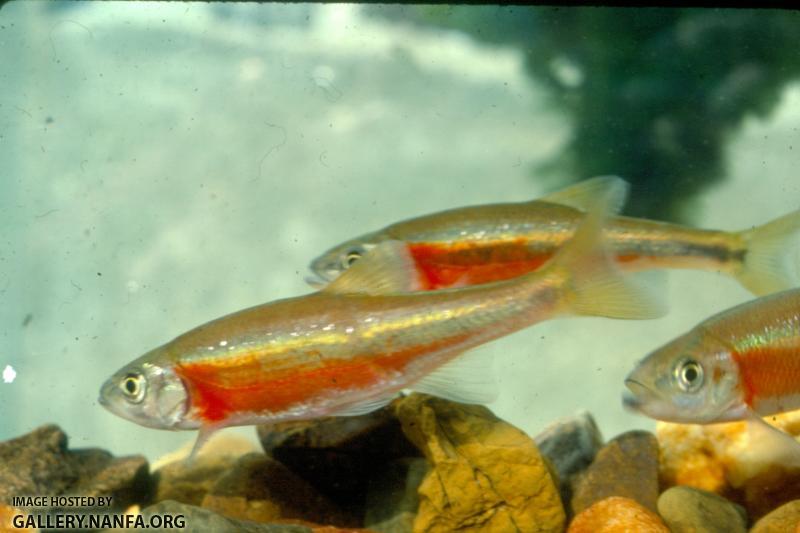
Redside Dace (5)
The redside dace is a small minnow with a distinct white-yellow band extending from the snout to the tail that separates the dark back of the fish from a distinct red band on the lower side of the fish. It has a large pointed snout, large oblique mouth, and forked caudal fin. The body has small scales and is laterally compressed with a complete.
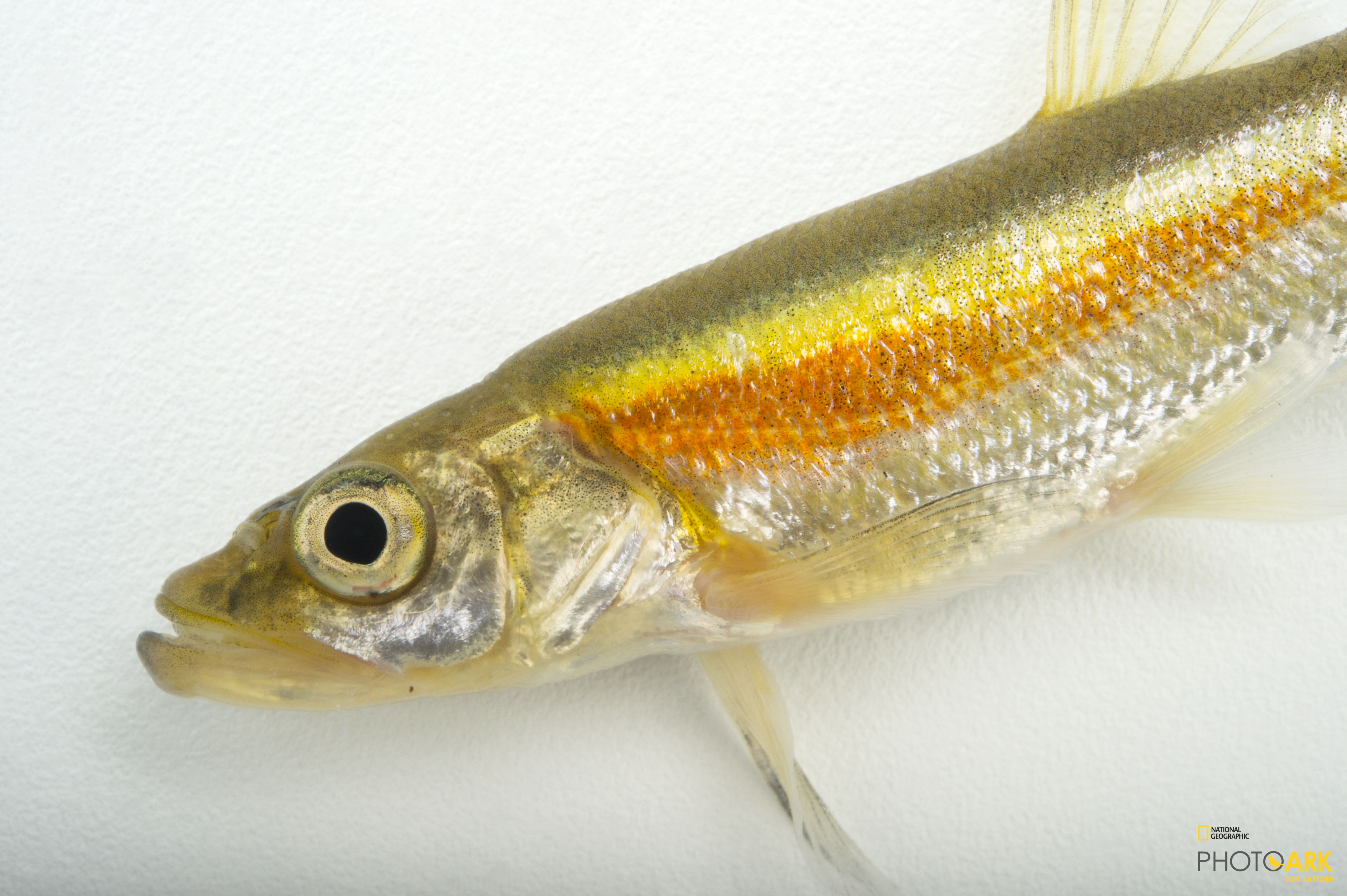
Photo Ark Home Redside Dace National Geographic Society
Redside dace Clinostomus elongatus (Teleostei: Cyprinidae) is a species of conservation concern that is declining throughout its range as a result of habitat fragmentation, degradation and loss. We characterized the genetic structure and diversity of redside dace populations across the species range using mitochondrial and microsatellite data.
Dace, Redside Cast_and_Blast
The Fish and Wildlife Diversity Committee is made up of representatives responsible for fish and wildlife diversity in each of the 13 states in the northeastern U.S. and the District of Columbia, and has been meeting annually since 1986.

Tracking Small Endangered Fish to Find Winter Homes International
Redside Dace (Clinostomus elongatus) is a small, colorful cyprinid found in pools and slow-flowing sections of Ontario streams. As a result of recent declines and threats to remaining populations.

Native Fish Care Redside Dace YouTube
The redside dace ( Clinostomus elongatus) is a species of ray-finned fish in the family Cyprinidae, found in the United States and Canada. It is unique among minnows, being the only species to routinely feed on flying insects by leaping from water. [2] [3] Thus, it acts as a conduit for nutrient transfers between terrestrial and aquatic.

Within Reach Investigating Redside Dace Overwintering Habitat
The redside dace is a strikingly colored fish with a distinctive wide red band on its sides. This band, which extends from just behind the eye to the front edge of the anal fin, is a light red or pink on non-breeding fish and a bright carmine red on breeding males. Unlike most minnow species the band is only slightly less intensely colored on.
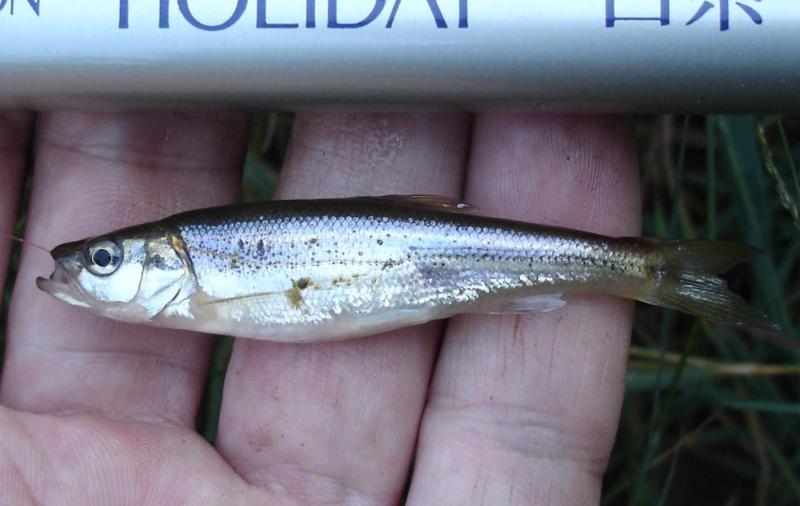
Dace, Redside fishingwithpole
Redside Dace has been historically recorded from 62 Ontario streams (Redside Dace Recovery Team 2010) within 26 watersheds (Table 2). In general, there has been a lack of repeated sampling of the same sites using the same gear type; therefore, there is little information regarding population trends.

Redside Dace (4)
Habitat: Redside dace typically occur in clear, cool headwaters of river systems. Water clarity is a key component for viable habitat of redside dace. Streams in which redside dace occur are generally small with moderate to high gradients, adequate overhanging vegetation to provide ample shading of the stream, Photo courtesy of Konrad Schmidt,
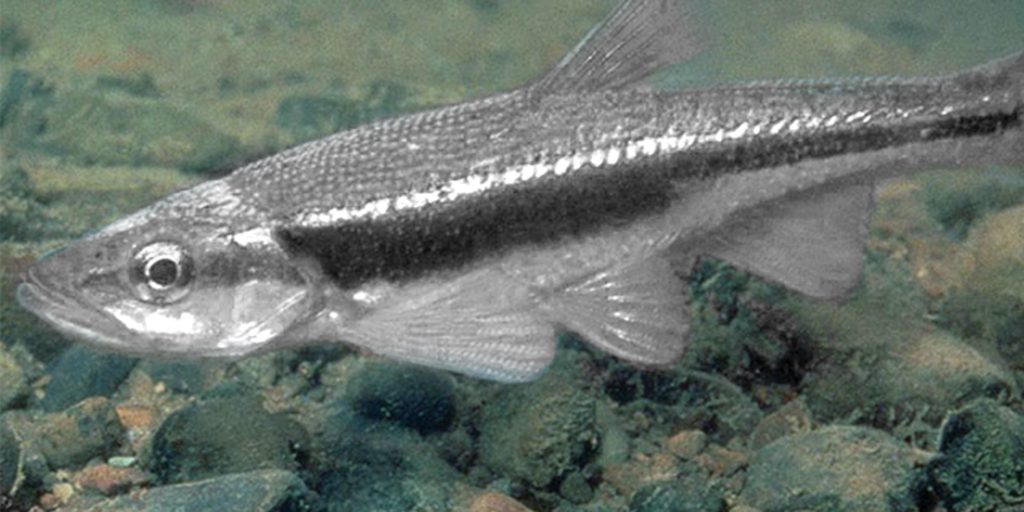
Straight from the heart ESA Review Ontario Nature
The redside dace is a sensitive and colorful minnow found in three tributaries of the Rouge River (Johnson, Minnow Pond and Seeley Creeks). It requires cool clean water, silt-free gravel for spawning and feeds on flying insects by jumping from the water. These traits led to its rarity in the state and listing as a state endangered species.
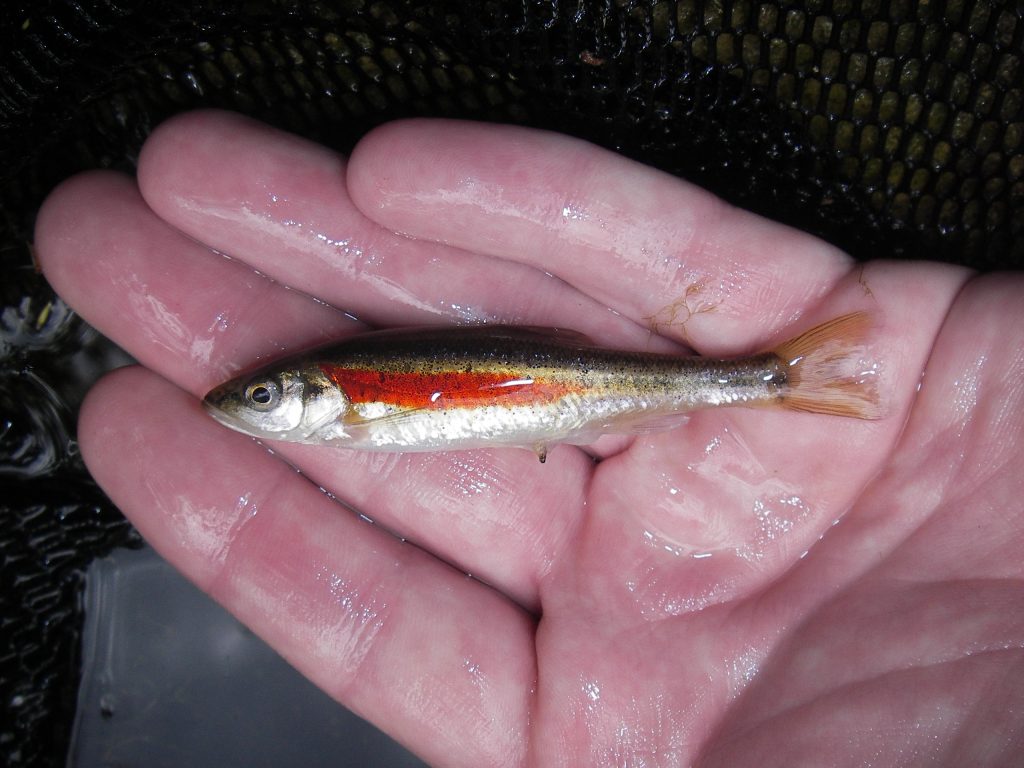
Redside Dace PoeschLab
The redside dace is a small, silvery member of the minnow (Cyprinidae) family of fish. There was a time, long years ago, that redside dace swam happily about. FUN FACT Redside dace are jumpers. In order to catch their favorite meal of flying insects, they are able to jump as much as 12 inches straight up. With their bright and shiny coloring.
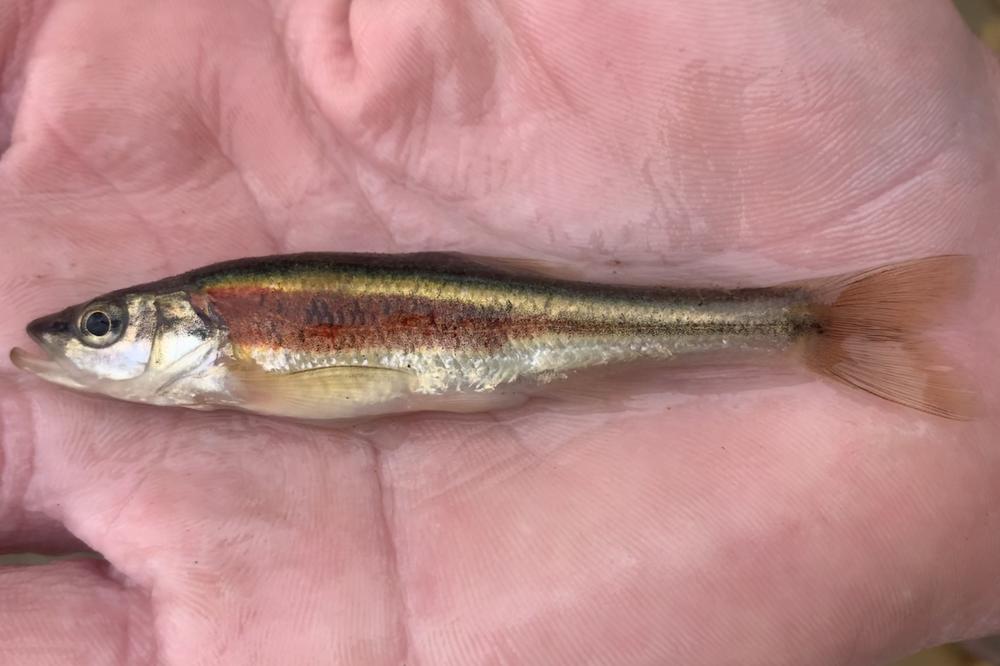
Dace, Redside codyjcromer
Nonindigenous Occurrences: Hendricks et al. (1979) reported the collection of a single specimen of the Redside Dace Clinostomus elongatus in Bear Creek, a tributary of the Youghiogheny River (Monongahela River drainage) in Maryland.Although these authors noted that the species is native to the drainage, they stated that the Maryland specimen may represent a bait bucket introduction.

Southern Redbelly & Redside Dace spawning YouTube
The video above was filmed in November 2020 and shows a Redside Dace swimming amongst a school of other fish. This exploration began during the fall of 2020, thanks to multi-year funding provided by the Habitat Stewardship Program for Species at Risk, which supports projects that improve or manage important habitat for aquatic species at risk.

Redside Dace Captive Breeding Study — Pitcher research lab Uwindsor
December 21, 2023 Enter the Ohio Wetlands Habitat Stamp Competition in February. The Ohio Department of Natural Resources (ODNR) Division of Wildlife is calling on artists to get ready for the next Ohio Wetlands Habitat Stamp contest. Established in 1982, Ohio's duck stamp program is one of the nation's longest running and most successful.

Redside Dace ( Image & Photo (Free Trial) Bigstock
The redside dace is a species of ray-finned fish in the family Cyprinidae, found in the United States and Canada. It is unique among minnows, being the only species to routinely feed on flying insects by leaping from water. Thus, it acts as a conduit for nutrient transfers between terrestrial and aquatic environments. The species can be used as an ecosystem health indicator, as it is sensitive.